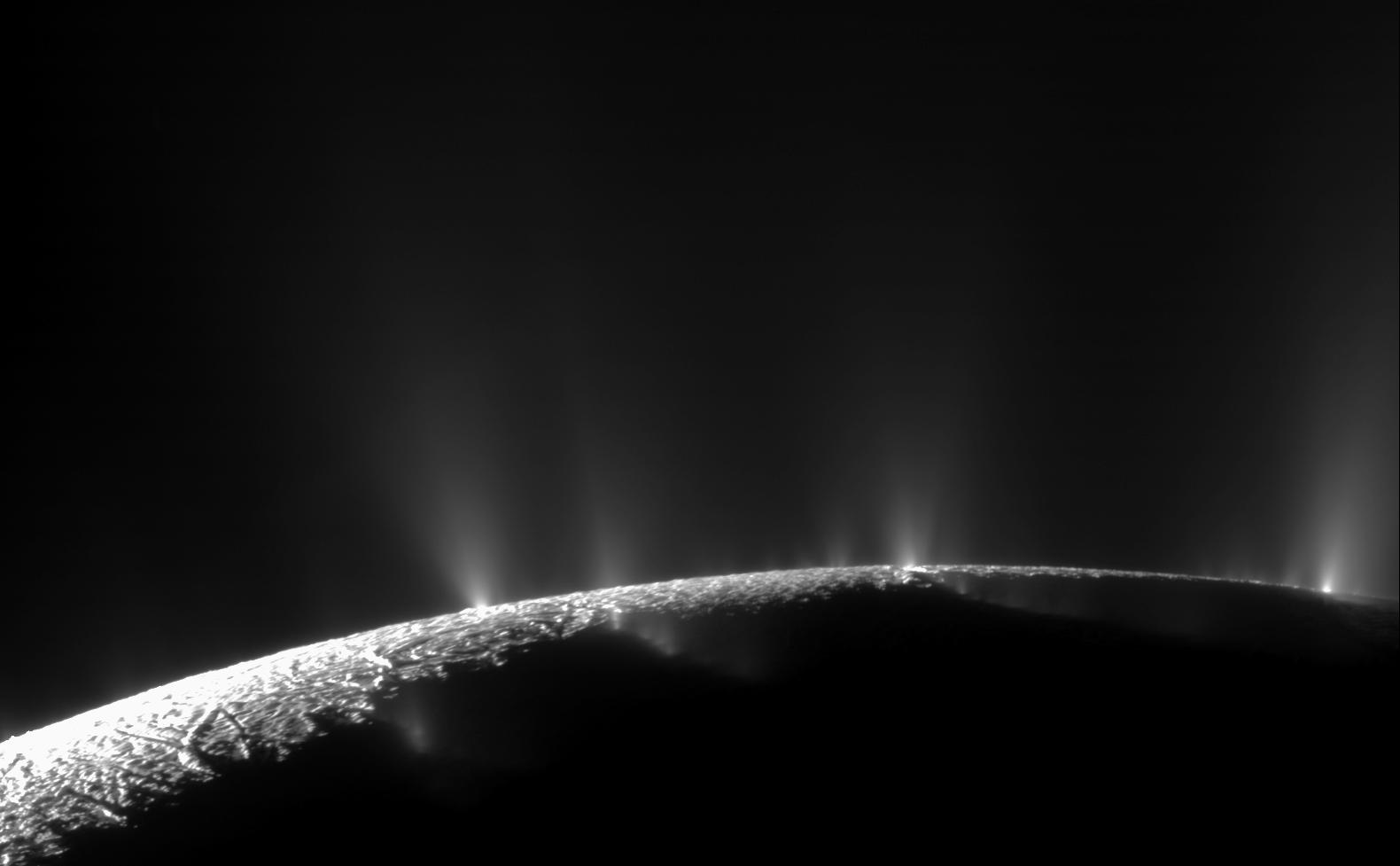4 min read
The most recent spacecraft telemetry was acquired on Sept. 14 from the Deep Space Network tracking complex at Canberra, Australia. The Cassini spacecraft is in an excellent state of health and all subsystems are operating normally. Information on the present position and speed of the Cassini spacecraft may be found on the "Present Position" page at: http://saturn.jpl.nasa.gov/mission/presentposition/.
Wednesday, Sept. 8 (DOY 251)
Yesterday the Cosmic Dust Analyzer (CDA) team performed a 15-hour decontamination of the instrument's detector. Decontaminations occur every few months and are part of normal CDA instrument maintenance. The decontamination activity went well and the instrument is functioning normally.
Last Friday's Orbit Trim Maneuver (OTM) #261 was the 200th maneuver performed by the spacecraft since its arrival at Saturn. About 60 planned maneuvers have been able to be cancelled.
Target Working Team and Orbiter Science Team integrated products for S67, covering orbits 146 and 147 from March 2011 through April 2011, were delivered today. The integrated products are in their final form and no re-integration is planned. The Sequence Implementation Process will kick off on Sept. 27. The instrument teams are currently working on the pointing designs for this sequence.
Thursday, Sept. 9 (DOY 252)
An encounter strategy meeting was held today to cover the period between Sept. 24 and Nov. 11, Titan flybys T72 and T73, and maneuvers 263-265.
Friday, Sept. 10 (DOY 253)
This week the Composite Infrared Spectrometer (CIRS) performed several observations measuring oxygen compounds in Saturn's stratosphere. The Ultraviolet Imaging Spectrograph (UVIS) had a nine hour observation scanning Saturn's atmosphere in Far-Ultraviolet wavelengths; its ultraviolet detectors scanned slowly to create spectral images. The Magnetometer (MAG) instrument performed a calibration of its sensors by rolling the spacecraft.
These calibrations are performed every 15-20 days, and serve to insure the accuracy of the magnetometer. Imaging Science (ISS) conducted an observation of tiny moons orbiting Saturn, a four hour observation of Hyrrokkin, and took images of Titan as part of the Titan Monitoring campaign. A joint observation took place between the Visual and Infrared Mapping Spectrometer (VIMS) and ISS to measure Saturn's winds.
Monday, Sept. 13 (DOY 256)
An RWA rest period took place today. During rest periods, the reaction wheels are turned off for a few hours then turned back on to allow the lubricant in the reaction wheels to be re-distributed throughout the bearing assembly. Rest periods were recommended by consultants from The Aerospace Corporation as a means to ameliorate concerns over increasing friction levels in the bearings. They will be implemented approximately every twenty days; the last time this activity occurred was on Aug. 20.
Commands were uplinked to the spacecraft today to clear the recent Solid State Power Switch (SSPS) trip. There was a memory read out performed before and after the SSPS trip counter was reset.
The Reaction Wheel Assembly revolution counters were reset to 0 revolutions today. The reaction wheels each have a counter that counts revolutions.
The counters are reset whenever one of the counters gets close to the max value; otherwise, it will reach the max value and just stay there. This enables an accurate tracking of total revolutions for each wheel over the course of the mission.
Tuesday, Sept. 14 (DOY 257)
At the Mission Planning Forum today the topic was the Titan-70 (T70) post flyby attitude control results and corresponding atmospheric density estimate. The T70 flyby on June 20, 2010, was the lowest altitude flyby of Titan ever performed by the Cassini spacecraft. The predicted set of two Z-facing thrusters had the highest activity among the thrusters, as expected. However, the duty cycles of these two thrusters were higher than expected, although well within available margins. Further analysis of the T70 data to explain the reason for the higher-than-expected thruster activities is still ongoing. The spacecraft's health and safety status before, during, and after the Titan-70 flyby was nominal and there was no fault protection activity.
Port 2 products were due today as part of the S66 Sequence Implementation Process (SIP). The products will be merged tomorrow and sent out to the flight team for review.







